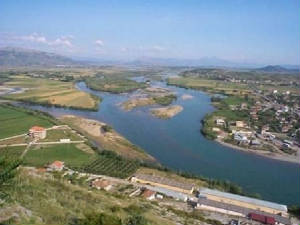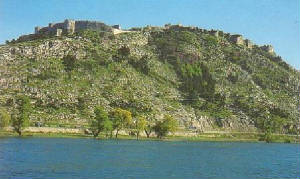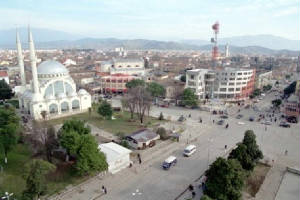|
 |
||||||||||
|
Skadar-Albania Shkodėr
or Shkodra (Serbian Skadar, Latin Scodra) is a city located on
The
name of the city Shkodėr, also known as Scutari and Skutari, is derived in folk etymology from Latin scutarii, literally "shieldmakers",
referring to a Roman legion created by
The
dawn of the Middle ages saw waves of Slavs arriving. Byzantine Emperor Heraclius described in his De Administrando Imperio
how he gave the Serbs the city of
Today
the city and the area around it is blessed with numerous and different natural and cultural objects. The most attractive quarters
with such peculiarities are Serresh and Gjuhadol, but the most important objects is the
A
very interesting legend explains its history. The main theme of the legend has to do with keeping of promise. Rozafa the bride
of the youngest of three brothers, was walled up in order that the walls of the castle do not fall down by the night. The
water passing through the stones at the main entrance are connected in the folk fantasy with the water going out from the
bossom of Rozafa, which she left out during the time she was walled up in order to feed her little baby.
The
very characteristic appearance of the city is formed by the old houses and the narrow streets formed by tall stone walls.
After World War II, Shkodėr was rebuilt with wider streets and new residential buildings. These were built in several new
quarters.Shkodra is also the home of the biggest and livliest stadium in
|
|||||||||||
 |
|||||||||||






